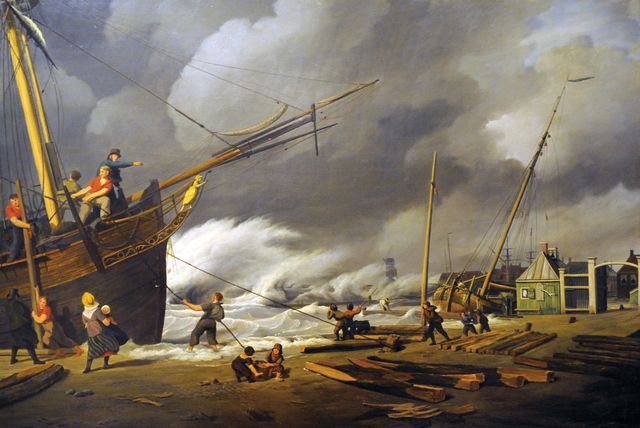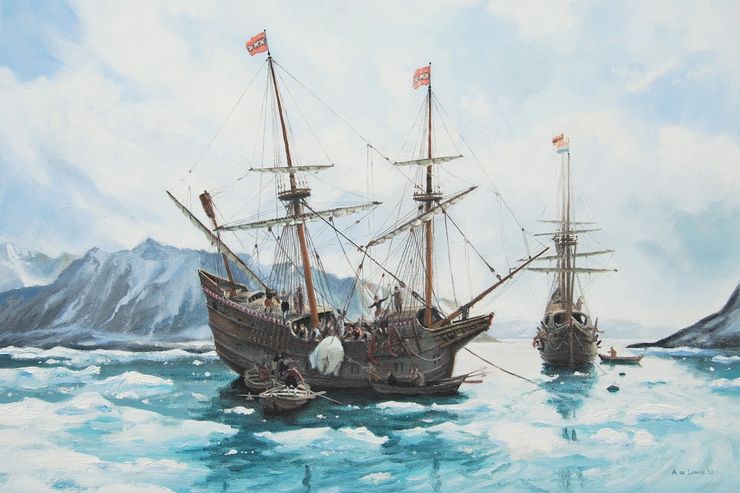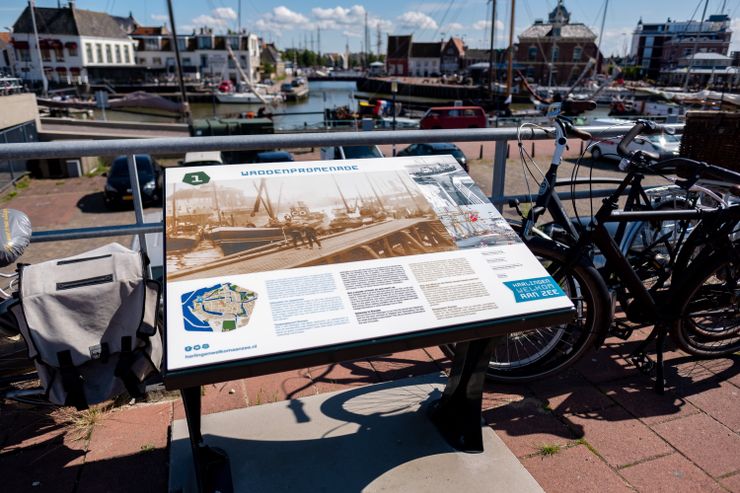Admiralty of Friesland
The Admiralty of Friesland was founded during the time of the Republic of the Seven United Provinces. Admiralties were responsible for equipping and manning ships. The admiralty of Friesland was initially, in 1598, housed in Dokkum, but moved to Harlingen in 1645 (less than 50 years later). In this period, the admiralty reached its height. The renowned Frisian admiral Tjerk Hiddes de Vries later became its lieutenant admiral.
Five admiralties
On 14 June 1597, the States General of the Republic established five independent admiralties: the Amsterdam, Rotterdam, Zeeland, West-Frisian and Frisian-Groningen admiralties. A special feature of the Frisian Admiralty was that it had its own hierarchy. The admiralty was led by a board of councillors. Together they were responsible for the appointment of officials, such as messengers, clerks and bailiffs. Twice a year, the admiralties of the Republic held a joint meeting in The Hague.
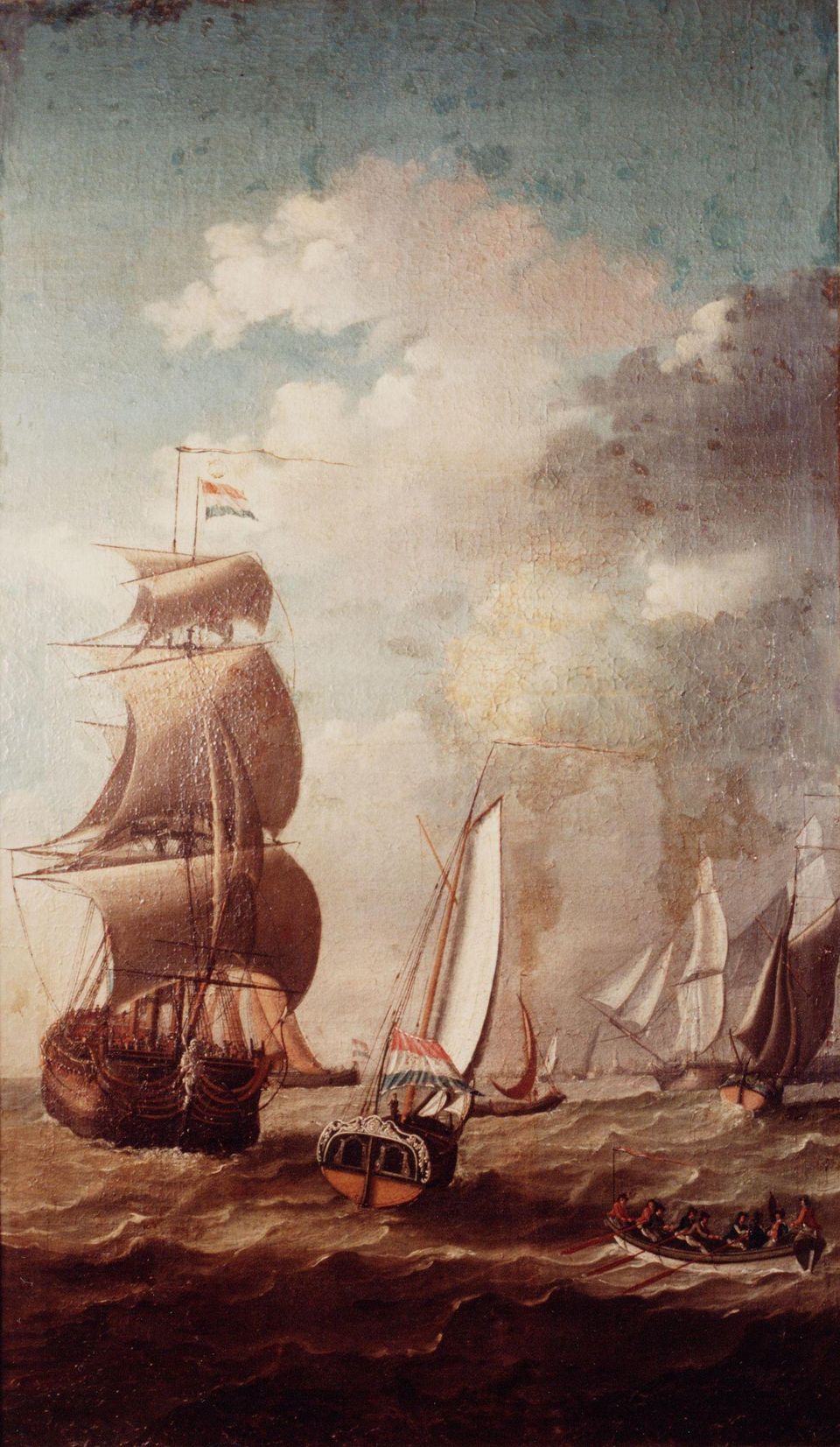
From Dokkum to Harlingen
The Frisian admiralty was initially housed in the old town hall in Dokkum. This building was purchased by captain Tjaerd Tjebbes in 1589 and stood on the corner of Hoogstraat and Lange Oosterstraat. Later, the Admiralty took up residence in the Blauhuis and the Admiraliteitshuis. As early as 1631, there had been calls to move the admiralty from Dokkum to Harlingen. The Frisian seaport town had better facilities. In 1645 the time finally came: the Admiralty of Friesland moved to Harlingen. In the period that followed, the admiralty reached its height.
Video about admiralty city Harlingen
Naval stronghold Zuiderhaven
In 1645, Harlingen promised the Admiralty of Friesland to see to it that they would get excellent premises at Zuiderhaven, the south harbour. The city would pay for the expenses. However, it soon became apparent that the Admiralty needed more buildings than originally thought. Meeting rooms, warehouses, places for prisoners and a house for the messenger were needed. As a result, the Admiralty expanded considerably in Harlingen, turning Zuiderhaven into a true naval stronghold. Soon the Admiralty of Friesland was building warships of about 35 metres long and 8.5 metres wide with an armament of between 28 and 30 cannons. Warships were manned by approximately 85 sailors and 25 soldiers.

“ Harlingen, naval stronghold of the Frisian admiralty ”
In the 17th and 18th century
-
Tjerk Hiddes de Vries
Tjerk Hiddes de Vries

-
Auke Stellingwerf
Auke Stellingwerf
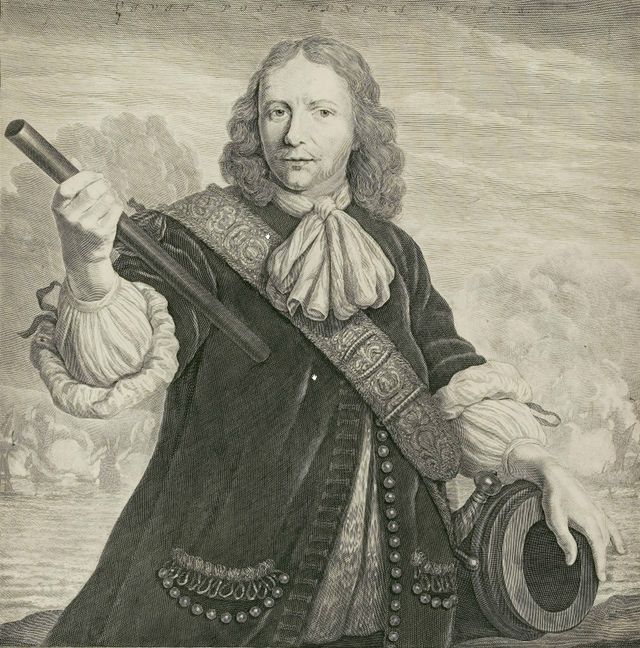
Naval heroes
The Frisian admiralty fought in many sea battles, including in the First Anglo-Dutch War and the Second Anglo-Dutch War. At the height of the admiralty in Harlingen, the Frisian seaport town had four slipways. Dozens of warships entered the deep blue sea via these slipways. The Harlingen Admiralty was home to naval heroes Auke Stellingwerf and Tjerk Hiddes de Vries. Under Admiral Tjerk Hiddes de Vries, the Frisian fleet, with a whopping forty ships, fought in the Second English War under the command of Michiel de Ruyter. After De Vries' death, Michiel de Ruyter hung a portrait of him in his room. The Admiralty of Friesland epitomises Harlingen's illustrious nautical history.
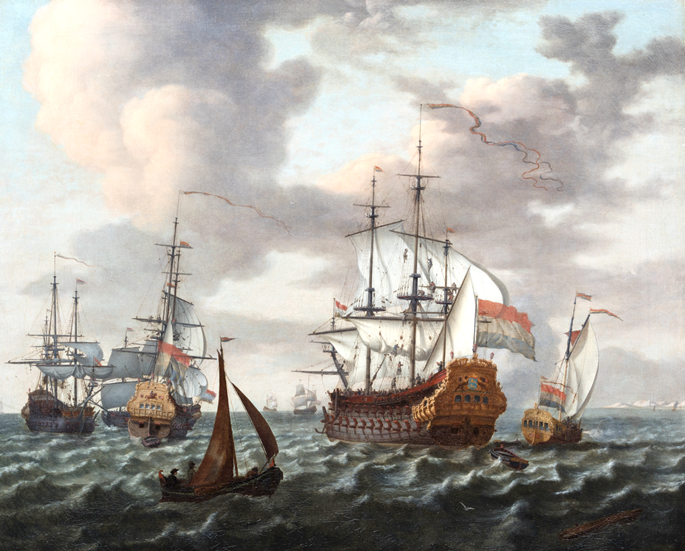
End of an era
On 13 February 1771, the building of the Admiralty in Harlingen largely burned down. Not only were the warehouses and the council hall destroyed, but also the entire archive. After this, the Admiralty moved to Havenplein, the location where you can now find restaurant 't Havenmantsje. An interesting detail is that the Admiralty had the two largest warships of its existence built during the Fourth English War. During construction, however, it turned out that the ships were so big that they could not put out to sea. They could not pass the harbour bridges and had to deep a draft for the harbour Oude Buitenhaven. The ships were therefore sold and scrapped in 1792.
Batavian Republic and financial problems
During the period of the Batavian Republic, around 1795, the Frisians were not doing well. They had a lot of financial problems. Also, it was decided to merge all admiralties of the Republic into one central committee. Shipyards, where in earlier times lots of warships had been built, moved into private hands. The admiralties in the Netherlands had had their day. The dominant role of the Dutch Navy was over, also in Harlingen.
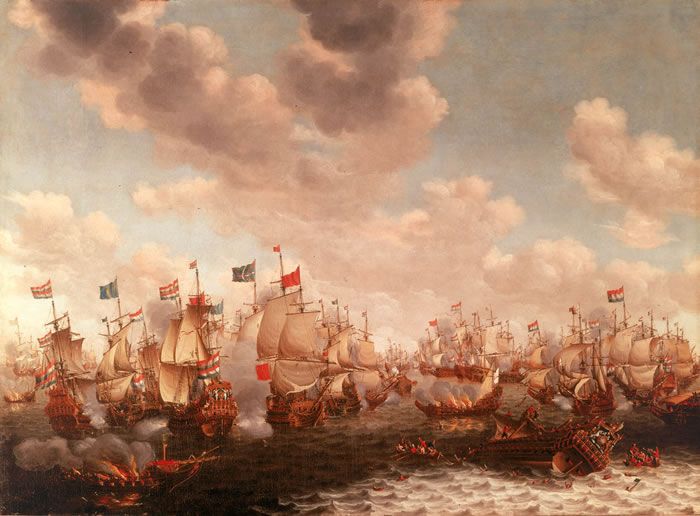
-
Whaling industry in Harlingen
Whaling industry in Harlingen
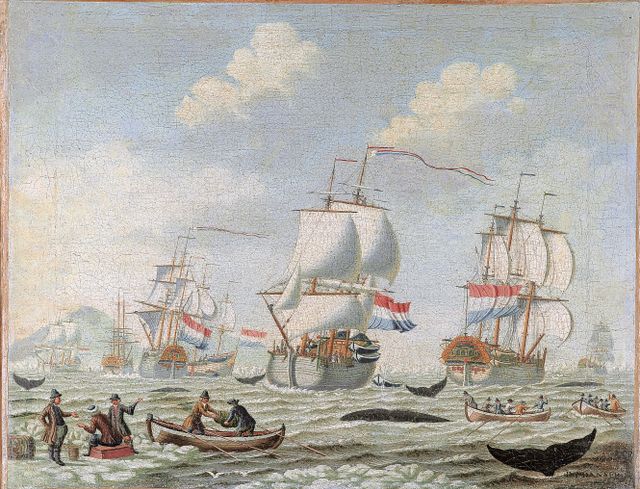
-
Discover our ports
Discover our ports
